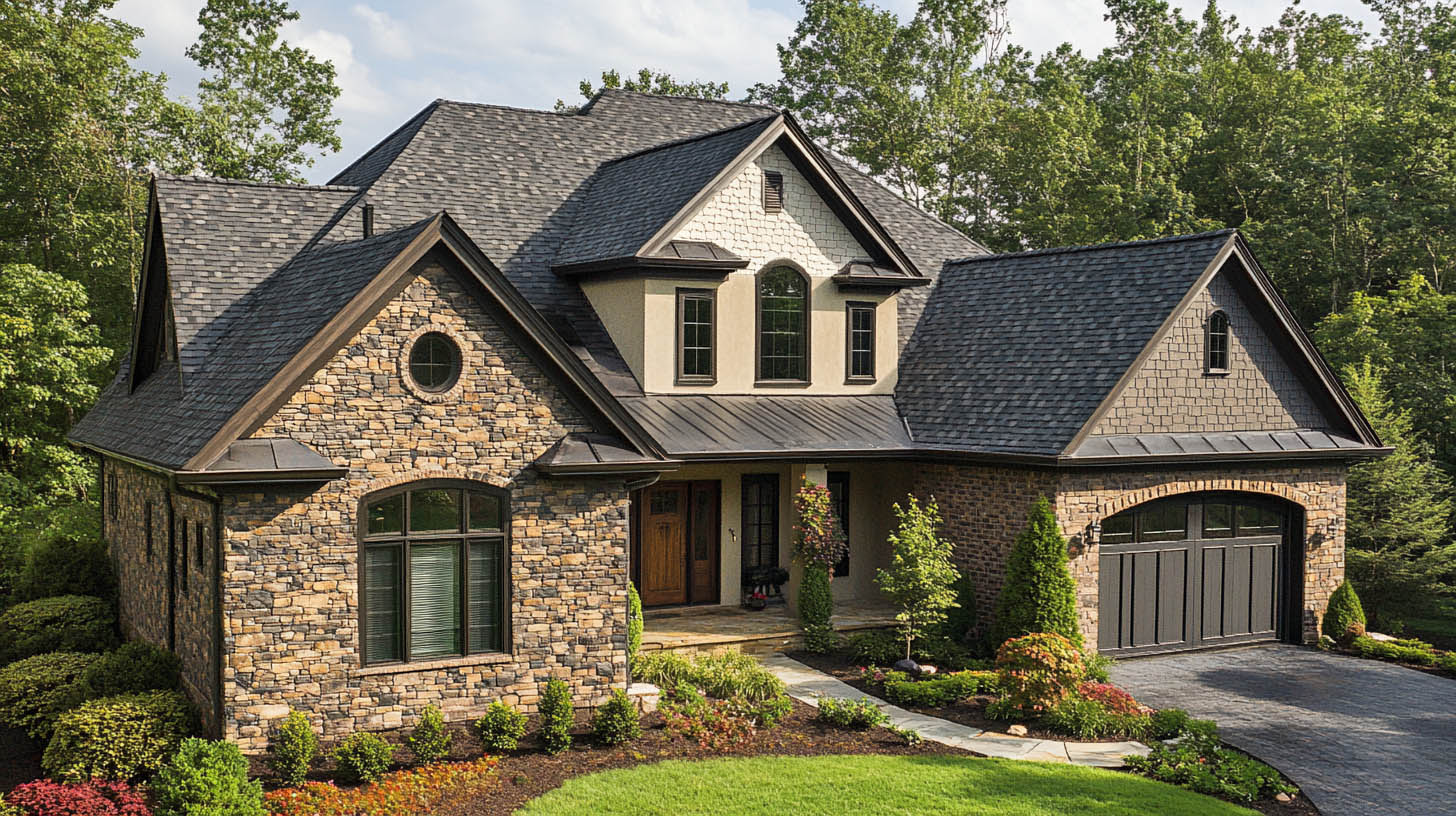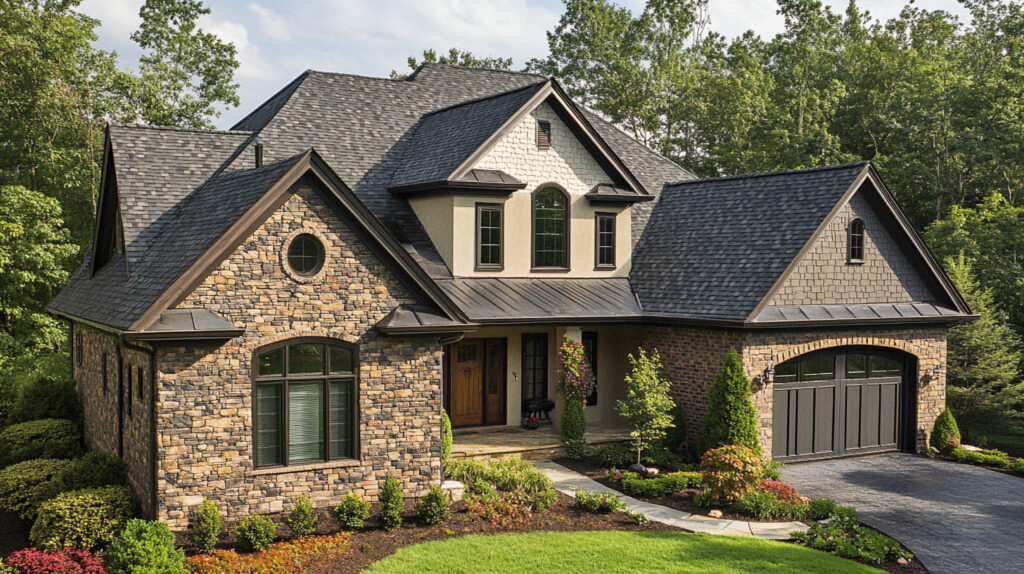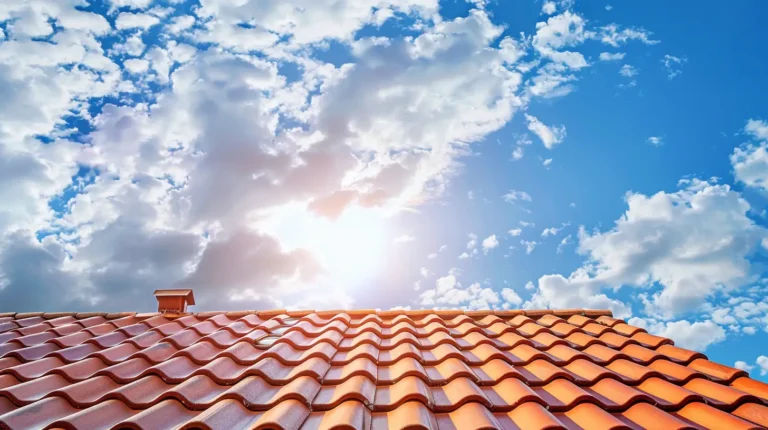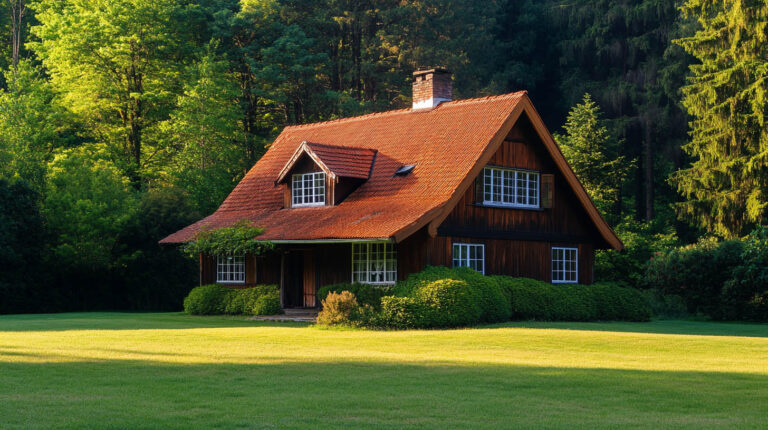
Blog
How to Choose the Right Roof for Your Home
Selecting the right roof is crucial to ensuring durability, functionality, and aesthetics for your home. Each homeowner has unique needs, influenced by local climate, budget, and personal preferences. Roofing materials account for nearly 40% of a home’s curb appeal, making it a decision that deserves careful thought and planning.
Avenue Roofing, a leading roofing provider based in Jacksonville, FL, specializes in helping homeowners choose and install the best roofs for their needs. By understanding your options, you can make a decision that balances style, cost, and long-term performance.

Factors to Consider When Choosing a Roof
1. Climate Compatibility
Your local weather plays a significant role in determining the most suitable roofing material.
- Hot Climates: Opt for reflective materials like metal or light-colored shingles.
- Cold Climates: Choose roofing that can withstand snow loads, such as slate or asphalt shingles.
- Wind-Prone Areas: Metal roofs or tiles with a high wind rating are ideal.
2. Durability and Longevity
Different materials offer varying lifespans:
- Asphalt shingles: 20–30 years.
- Metal roofing: 40–70 years.
- Tile and slate roofs: 50+ years.
3. Cost and Budget
Your budget determines the range of materials you can choose. While asphalt shingles are cost-effective, materials like slate or clay tiles come at a premium.
Popular Roofing Materials: A Breakdown
Here’s an overview of the most common roofing materials:
| Material | Durability | Cost per Square Foot | Best For |
| Asphalt Shingles | 20–30 years | $3–$5 | Affordable, versatile |
| Metal | 40–70 years | $6–$12 | Energy efficiency |
| Tile | 50+ years | $8–$15 | Aesthetic appeal |
| Slate | 50+ years | $10–$30 | Long-lasting strength |
Energy Efficiency and Sustainability
Modern roofing materials can enhance energy efficiency and sustainability. For example:
- Reflective Coatings: Metal and asphalt roofs with reflective surfaces help reduce energy costs.
- Recyclability: Clay, slate, and metal roofing materials are often recyclable, minimizing their environmental footprint.
Steps to Select the Right Roof
Step 1: Assess Your Needs
Evaluate your home’s architectural style, weather exposure, and budget to identify priorities.
Step 2: Research Materials
Gather detailed information about available options. Consult local roofing experts to match materials to your climate.
Step 3: Consider Installation and Maintenance
Some roofs require more upkeep than others. Slate and tile are durable but heavier, necessitating proper structural support.
Step 4: Get Professional Help
Consult a certified roofing company like Avenue Roofing to ensure proper installation and product warranty coverage.
Unique Fact About Roofing
Did you know? Metal roofs can reduce cooling costs by up to 25% due to their reflective properties. This makes them a popular choice for energy-conscious homeowners in warm climates.
FAQs About Choosing a Roof
Q1: What is the most affordable roofing material?
Asphalt shingles are the most cost-effective, balancing affordability with durability.
Q2: How do I maintain a roof for longevity?
Schedule regular inspections, clean debris, and repair damage promptly.
Q3: Are metal roofs noisy during rain?
Modern metal roofs are installed with insulation that minimizes noise, making them as quiet as other roofing materials.
Q4: Can I change the color of my roof?
Yes, materials like metal and shingles come in a wide range of colors to complement your home’s style.
Q5: What’s the best roof for high-wind areas?
Metal roofing and shingles with high wind ratings are excellent choices.
Conclusion
Choosing the right roof involves balancing aesthetics, functionality, and budget. By understanding your climate and exploring material options, you can make an informed decision that ensures long-term value. For expert guidance and premium roofing solutions, visit Avenue Roofing.
If you want to read a blog about tile roof costs and what you need to know, click here.



